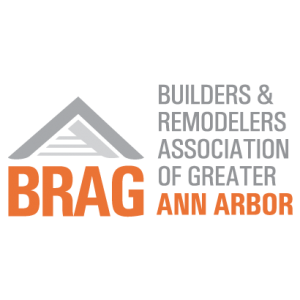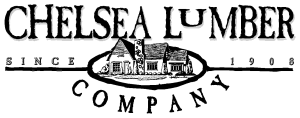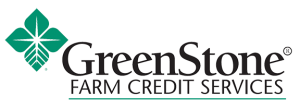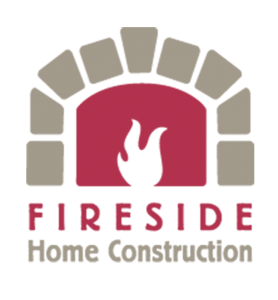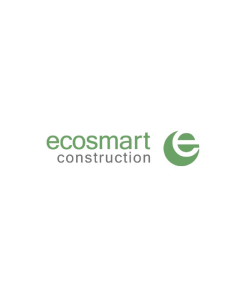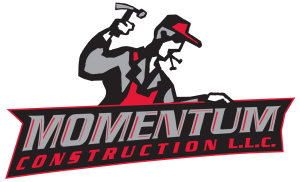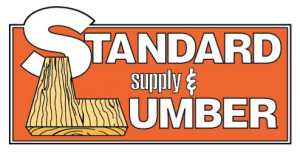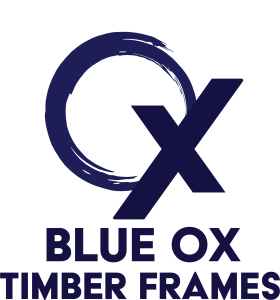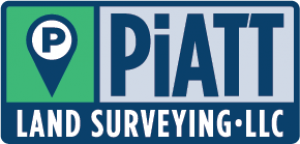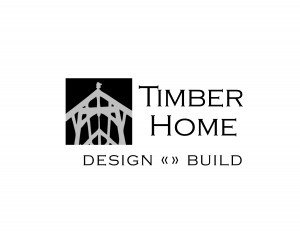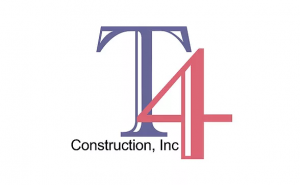Can a System Built, Pre-Fabricated, High Performance, Kit Home be a “Zero Energy Ready Home (ZERH)?” Part 2
By Stewart Elliott, Co-Founder Right Home Company
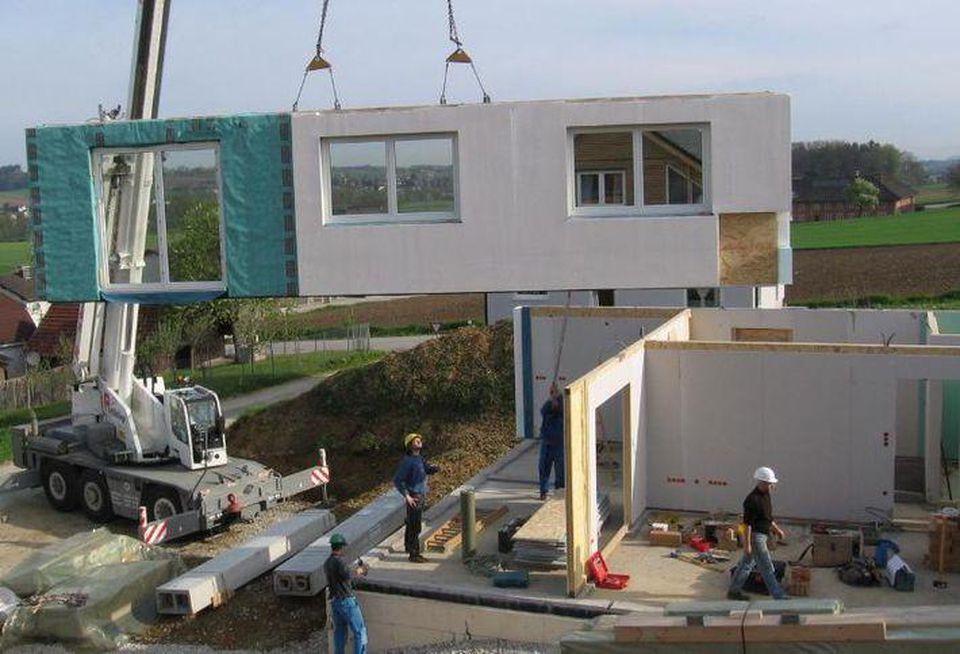
So, how do we get there? Does it take a lot of unusual effort? Is it worth it?
ZERH is the DOE designation, we feel a better term is NZ CAPABLE meaning that our homes can reach any number of energy conservation stages. We suggest following best practices construction procedures and at least preparing for the eventuality of becoming a NZ Energy Home with design and specifications that can be easily utilized. We cannot stress the importance of good design, siting, style, a site conducive to PV systems, long lasting materials, and lifestyle.
We recommend following features as a great place to start. These will result in an immediate savings in both energy and money. These recommendations will vary from a heating climate zone to a cooling climate zone. System building and prefabrication only enhance the predictability of the outcomes while helping to manage costs.
SHELL; build a high performance, high R-value, and tight envelope. It must be properly installed insulation must completely blanket the home; exterior walls, ceiling, floors, and foundations. The qualified windows, skylights, and doors must be independently tested and certified according to procedures established by the National Fenestration Rating Council (NFRC) and properly installed.
HEATING and COOLING SYSTEM; Use very energy efficient Equipment. It must be properly sized using Manual J, Manual S and Manual D of the ACCA requirements. Ducts must be properly connected, tight, and insulated. All equipment must be properly placed away from exposure to harsh conditions, properly ‘charged’ and have the correct airflow.
MECHANICAL VENTILATION; An extremely tight home has considerations including buildup of toxic gases, odors, and moisture in the air that may be harmful and cause damage. The most common version used is a ‘balanced system’ which means that the amount of stale air that is exhausted is replaced with an equal amount of clean, fresh incoming air. There are two versions; the Heat Recovery Ventilation (HRV) and the Energy Recovery Ventilation (ERV). Equipment must be properly sized using Manual J, Manual S and Manual D of the ACCA requirements. Equipment must be properly placed away from exposure to harsh conditions and have the correct airflow.
WATER HEATERS; Equipment must be properly sized using high efficiency water heaters and systems. There are several types ranging from insulated storage tank to tankless to heat pump to solar; each with advantages depending on location and budget.
LIGHTING, cooking, entertainment, office, appliances, equipment (HVAC, sump pump, water softener, etc.); Use ENERGY STAR or better qualified ratings for lighting fixtures, appliances, electronics, and equipment (electrical or other).
We cannot conserve our way to a net zero energy home – we have to generate some energy to offset the difference. Today’s technology and cost limitations associated with energy production and storage necessary to make up the difference will likely be a grid enabled PV system.
A well designed smaller 1800 sf home with attention to detail making it a NZ CAPABLE can easily outperform the ‘normal average,’ cumbersome 2,200 sf development home by cutting the amount of energy used and its related cost by more than half; from $4,800/yr to less than $2,000.
Another reason that system built downsized homes meeting today’s lifestyle saves money, and the planet begins to heal.

